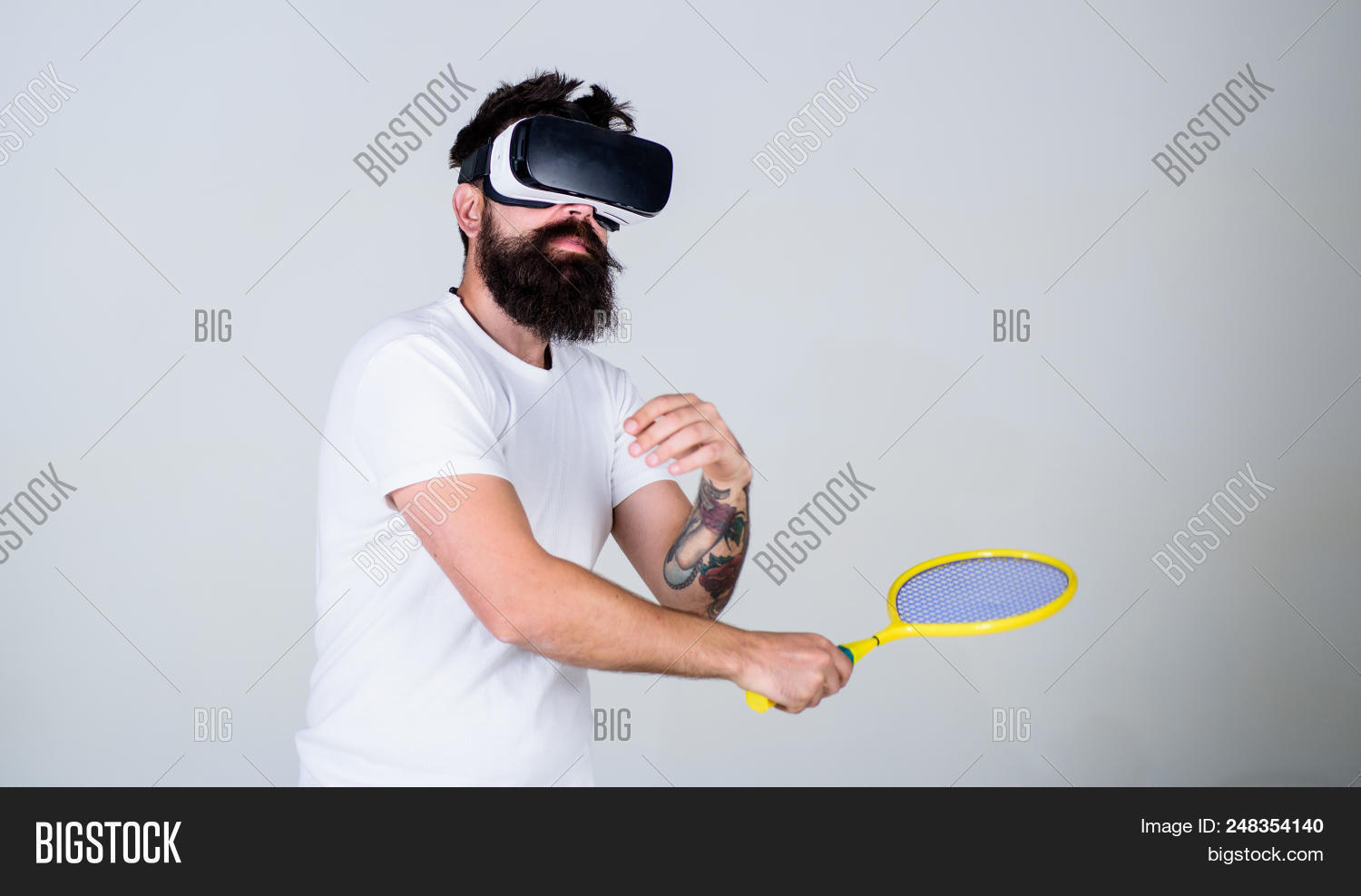Both the Sunday sportsman and the professional athlete appreciate the benefits of technology in their equipment. Safety, comfort, performance… nothing is spared for the sporting experience to be conclusive, even to end with a (well-deserved) win in competition. How does technology contribute? What are the potential setbacks?
Each discipline has its own technological innovation
By favouring the emergence of synthetic materials over natural materials, technological innovations make it possible to create lighter and stronger equipment, thus limiting the risk of injury. In terms of clothing, the athlete can now stay dry, even after intense effort, thanks to the intervention of nanotechnologies on textile fibres. Athletes with reduced mobility can now benefit from positional wheelchairs or “disposable” prostheses to indulge in their favourite sport. Thus, technology continues to push the limits, as evidenced by running shoes that store and restore energy, connected racing saddles or transparent fencing masks that do not fog up.
Video serving professionals
Nothing can stop an athlete seeking a title, a medal or a trophy. To reach the podium, the athlete will also pay attention to the quality of his training. This is where video comes in – thanks to advanced technology, it allows the athlete to break down his movements image by image and detect positions invisible to the naked eye and thus correct his gesture or position in order to improve his performance. Video is also increasingly present in refereeing. This is how the referee of a high level soccer game now combines with goal line technology and video assistance (VAR) which can only be used in four specific cases (goal, penalty, red card, identity error on a player). However, this advanced technology is puzzling to many people – the rhythm of the games slows down and the final decision is still made by the referee.
When technology becomes synonymous with drift
The issue of technology in sports competition is a delicate subject. How is fairness between competitors to be respected? How is falling into technodoping to be avoided – a term created at the 2008 Olympics when Oscar Pistorius was eliminated after experts estimated that his carbon prostheses improved his speed by 15% to 30% over his valid competitors? It is legitimate to wonder whether it is only the athlete’s performance that allows him to outclass his competitors or just his sophisticated equipment at the cutting edge of technology. Who had the most merit at the World Championships in Rome in 2009 in the 100 metre butterfly: the one with a polyurethane suit (which took 15 minutes to put on) or the one who did a very good race in a simple swimsuit? To avoid this travesty, certain federations are involved, such as the International Rowing Federation, which decided to limit this “arms race” to ensure that technology does not supplant the efforts or motivation of the athlete to prove or surpass himself.
As always, technology is beneficial in many ways, including in sports. However, used to the extreme, would technology not need to be supervised so that professional sports remains a model for the amateur sportsman?
